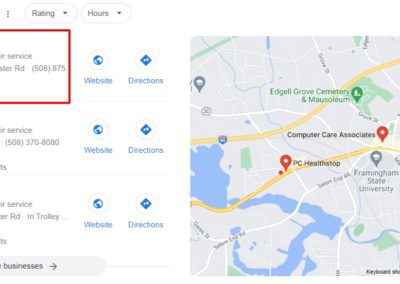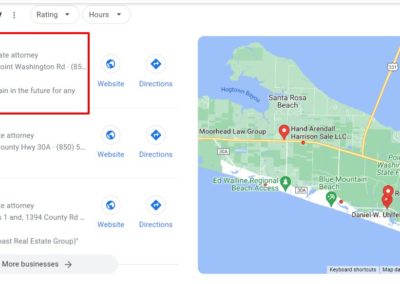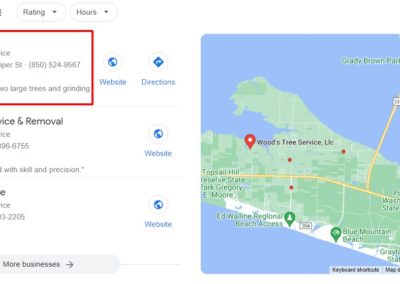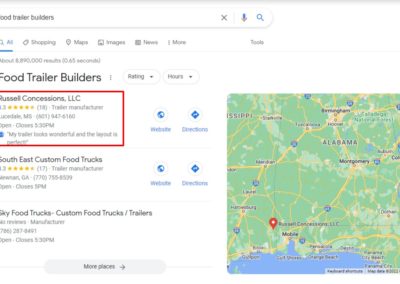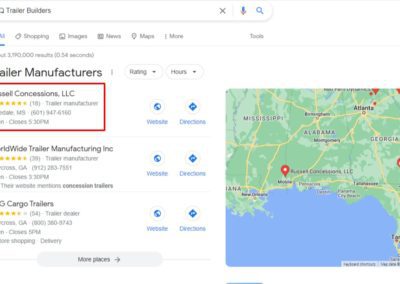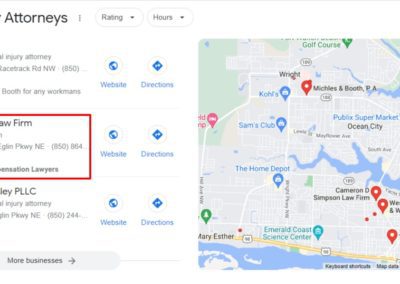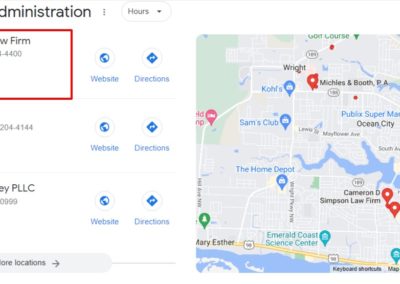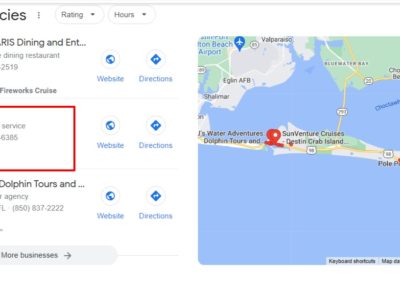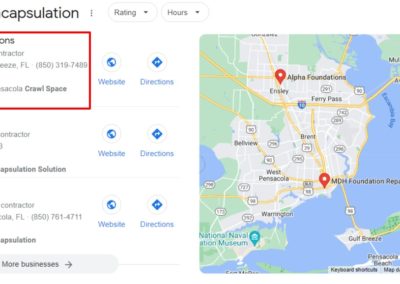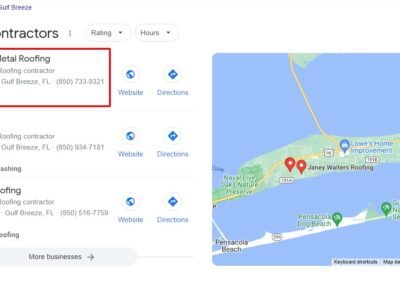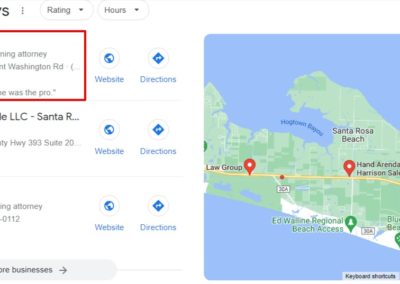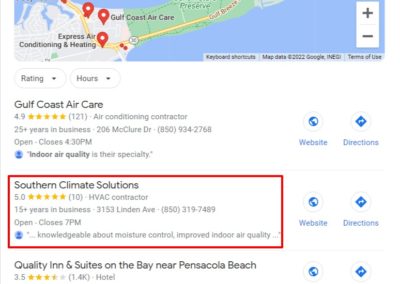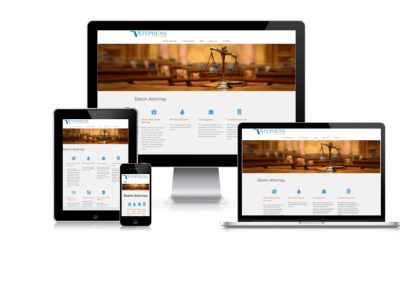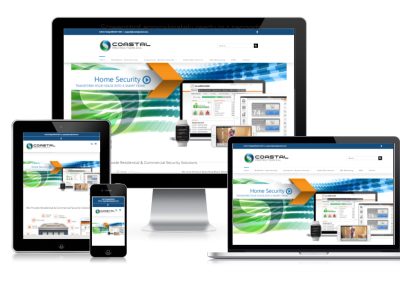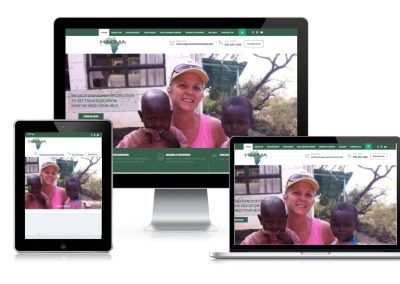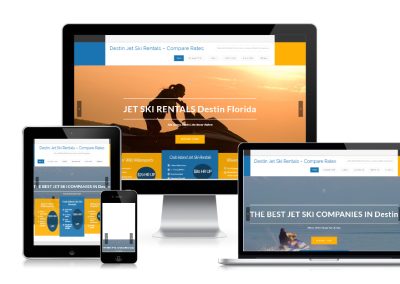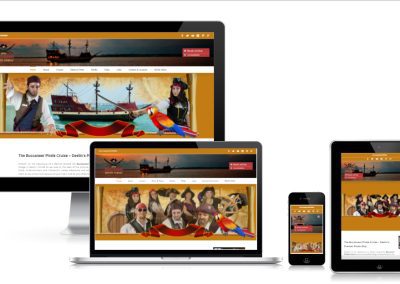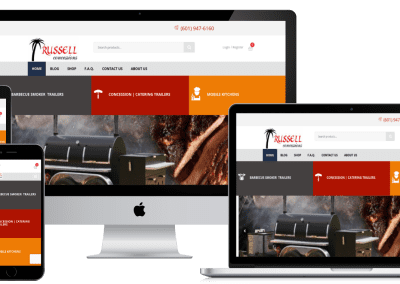Let’s Grow
Your Business!
We are a Full Service Digital
Marketing Agency
What We Bring to the Table
Expert SEO, Social Media, Digital Marketing Services & Web Design
K Moody Marketing & Web Design is a top-rated digital marketing agency and a national award-winning SEO, Social Media Marketing and Website Design Firm. We are located in Destin, Florida and provide internet marketing services throughout the nation. We strive to understand your business, and leverage digital marketing strategies to help it rise above others on the internet and on social platforms. We have extensive marketing knowledge, combine that with commercial SEO tools and our proprietary digital strategies and you get results. Are you ready to increase your business? Call 850-777-3333.
SEO Marketing
Using strategic keyword analysis/research and white-hat search optimization tactics (local SEO services), we can improve your Destin search engine organic and map rankings and overall visibility on Google and in major search engines.
Social Media Marketing
Social media is a core element in digital marketing strategies nowadays. We’ll keep your social community engaged and growing either with your help or as a full service hands off approach. We have social media marketers that can cover your Destin events as well.
Web Design & Development
Your Destin website is more than a digital business card, it should stand out among your competitors, represent your brand, and help you grow. We specialize in creating beautiful custom web design for Destin businesses that do!
EXAMPLES OF LOCAL SEARCH ENGINE RANKINGS
Our Experience
Why Choose K Moody Marketing & Web Design as Your DIGITAL MARKETING AGENCY?
K Moody has been providing digital marketing services and SEO in Destin since 2004. We have helped businesses grow throughout the nation even during the most trying times. Our reputation with an excellent track record of success has been built over the last decade. When you choose K Moody as your SEO company in Destin you can expect:
Customer focus
We learn so you can earn by learning about your business, your goals and research your competitors to give you a true roadmap of what it is going to take to meet your expectations.
Data-Driven Results
Our experts use tools provided by Google like Analytics as well as enterprise level marketing tools like Semrush and Brightlocal for technical seo analysis, we will make data driven-decisions to focus your campaign to improve your search position in search queries.
Dedicated Marketers
You get direct access to the project manager that will be implementing your campaign and managing the team of SEO experts. We use teams and capitalize on each team members strength. We have experts in email marketing & paid advertisment as well.
Transparent Reporting
We provide a custom dashboard with in-depth reporting and almost real-time stat tracking so you can easily monitor your Website SEO, Social Media Presence, Reviews and ROI.
Web Design Examples
Get started
Start Elevating Your Business to the Next Level!
We can start you off with a complete, no obligation overview of your Business’ Online Presence in minutes; including Search Rankings, Local Listings, Reviews, On-Site SEO & Social Media.
Then we will discuss what it will take to get you to the next level and work within your budget.


